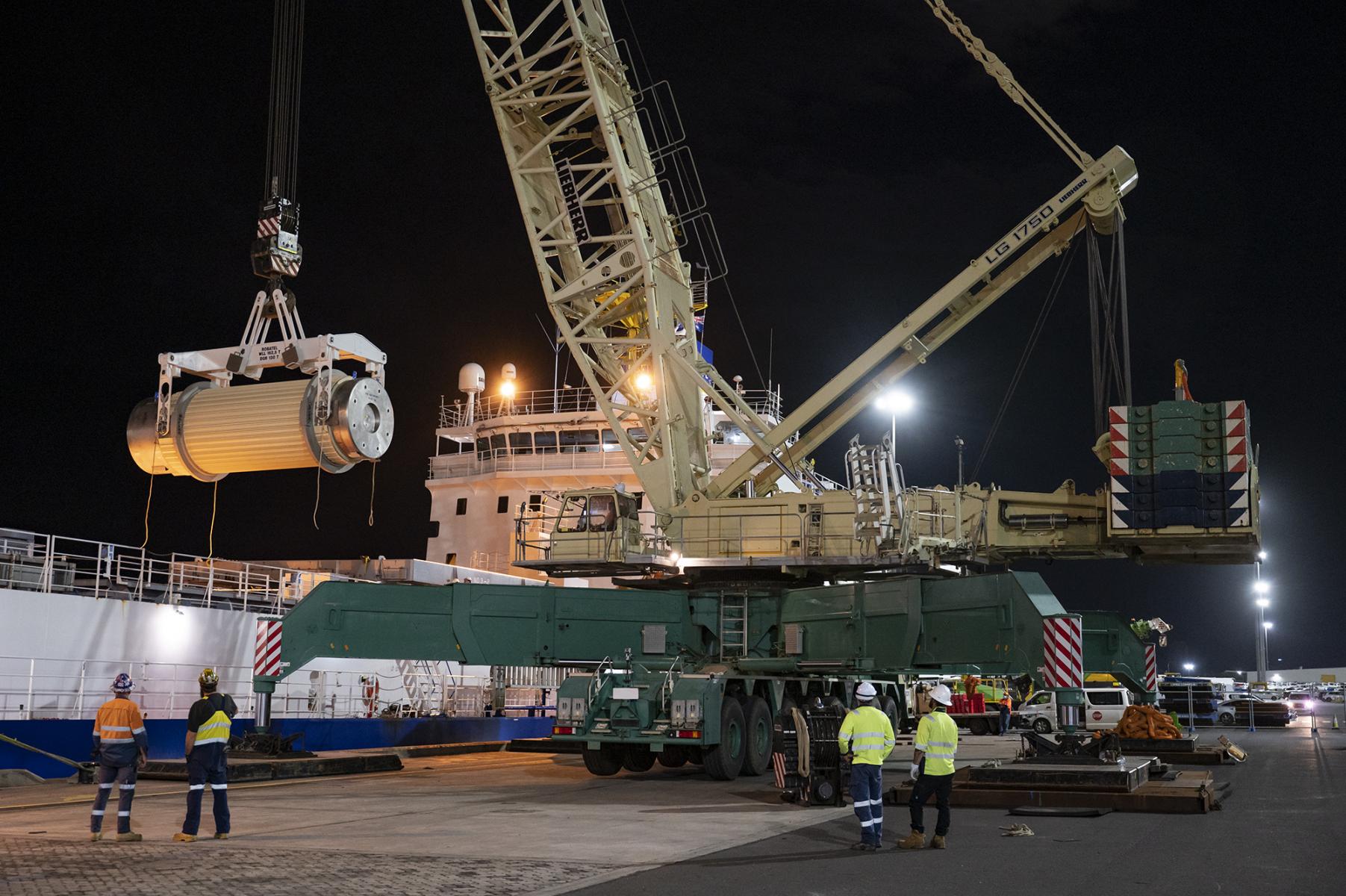Breakthroughs in nuclear knowledge occur by traversing disciplinary and cultural boundaries—with others. The Nuclear Humanities Collaboratory documents just some of that work.
2011-ongoing: Archives
2011-ongoing: Antipodean
2002-ongoing: Exposures
2014-on hold: Reimaginings
2009-on hold: Dialogues
2011-ongoing: Antipodean
2002-ongoing: Exposures
2014-on hold: Reimaginings
2009-on hold: Dialogues

The civilian and militaristic applications of nuclear technology—from the legacy remains from nuclear medicine and research (i.e. ANSTO) to the potential leftovers from nuclear-propelled submarines (i.e. AUKUS)—produce radioactive wastes that must be isolated from people and the biosphere for up to 5,000 generations into the future. Working with the First Nations-led Australian Nuclear Free Alliance (est. 1997), this co-designed project will investigate international best practice in siting both low- and high-level nuclear waste repositories to inform Australian policy and activism consistent with the United Nations Declaration on the Rights of Indigenous Peoples which demands “free, prior and informed consent”.
Principal investigator/s: N.A.J. Taylor with the First Nations-led Australian Nuclear Free Alliance︎Sponsors: The University of Technology Sydney
Funding: $550,000

Australia is both home to the world’s oldest continuous cultures, as well as one third of all the known uranium on Earth. Australia is therefore a critical site for understanding the nuclear fuel cycle as future cultural and environmental heritage.︎
Principal investigator/s: N.A.J. Taylor︎Sponsors: Deakin University, Killam Trusts, and The University of British Columbia
Funding: $350,000 (internal, incl. salary)
Key output/s: a living digital humanities project︎ and a series of scholarly publications

This project asks how and why the archives of environmentally remediated uranium mining and contaminated sites are managed over immediate, intermediate, and possibly even far-future (e.g. 10,000 or more years) timeframes. It does so by engaging STEM-based collaborators from Environmental Engineering with both knowledge and practical experience of the legal and regulatory landscape for archiving records, knowledges and memory (RK&M) relating to uranium extraction, as well as its contamination, remediation and waste management in the Australian and international contexts.︎
Principal investigator: N.A.J. Taylor︎
Co-investigators: Chu Xia Lin (Deakin), David Lowe (Deakin), Emily Potter (Deakin), Paul Brown (UNSW) and Gavin Mudd (RMIT)
Sponsor: Deakin University’s Science and Society Network︎
Funding: $3,000 (internal)
Key output: a literature review for an Australia Reearch Council grant proposal

The Atomic Photographers Guild is the pre-eminent collective dedicated to visualising all aspects of the nuclear age. Formed in 1987 by Robert Del Tredici, the Guild has since amassed an archive of photographic negatives and prints from more than forty photographers across seven decades. The collection begins with the world’s two first atomic photographers: Berlyn Brixner, the United States’ government’s head photographer of the Manhattan Project, and Yoshito Matsushige, the only photographer to document the atomic destruction of Hiroshima from inside that city on August 6, 1945. Despite the significance of the Guild’s archive, the collection has yet to be formally catalogued and digitised.︎
Principal investigator: N.A.J. Taylor︎
Institutional partner: Atomic Photographers Guild︎
Sponsor: Australian Academy of the Humanities︎
Funding: $2,000 (external)
Key output: cataloguing and digitisation of the Guild’s Yoshito Matsushige, Beryl Brixner, and Robert Del Tredici archive︎
Principal investigator: N.A.J. Taylor︎
Institutional partner: Atomic Photographers Guild︎
Sponsor: Australian Academy of the Humanities︎
Funding: $2,000 (external)
Key output: cataloguing and digitisation of the Guild’s Yoshito Matsushige, Beryl Brixner, and Robert Del Tredici archive︎